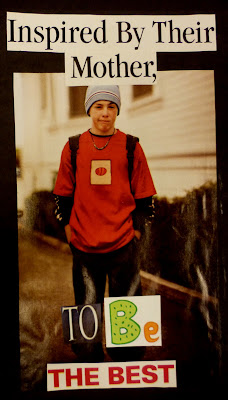focuses on spontaneity rather than technique, on the immersion of a camera within events rather than focusing on setting up a staged situation or on preparing a lengthy camera setup.
Arthur Fellig, WeeGee
Accident 42nd Street at Third Avenue, 1942
Lovers with 3D glasses at the Palace Theater, 1943
Summer, the Lower East Side, 1943
journalism that tells a story through pictures, instead of presenting news material through editing and writing . Photojournalists are thought to take pictures that are objective and neutrally charged with no specific underlying opinion.
Dorothea Lange
FSA Photographer
Migrant Mother, 1936
Documentary Photography
refers to a popular form of photography used to chronicle significant and historical events. It is typically covered in professional photojournalism, but it may also be an amateur, artistic, or academic pursuit. The photographer attempts to produce truthful, objective, and usually candid photography of a particular subject, most often pictures of people.
Stephen Shore
U.S. 2, Ironwood, Michigan, July 9, 19731973 - 2002
Ginger Shore, Causeway Inn, Tampa, Florida, Nov. 17, 19771977-2004
Wolf Street, Philadelphia, Pennsylvania 10/28/75
Street Photography
a type of docmentary photography that features subjects in candid situationswithin public places such as streets, parks, beaches, malls, polictical settings and other settings.
http://cityroom.blogs.nytimes.com/2011/03/23/triangle-fire-a-frontier-in-photojournalism/
Here is a short list of documentary photographers that you may research for your report.
Documentary Photographers
FSA (Farm Security Administration) 1930’s
Walker Evans
Dorothea Lange
Russell Lee
John Vachon
Marion Post Wolcott
Robert Frank
Gerry Winogrand
Lee Friedlander
Diane Arbus
Martha Rosler
Manuel Rivera-Ortiz
Joel Meyerowitz
Berenice Abbott
Jim Goldberg
Nan Goldin
Lauren Greenfield
Lewis Hine
Mary Ellen Mark
Steve McCurry
James Nachtwev
Gordon Parks
Eugene Richards
Jim Richardson
W. Eugene Smith
Peter Sekaer
Sally Mann
Daniel Lorenzetti
































